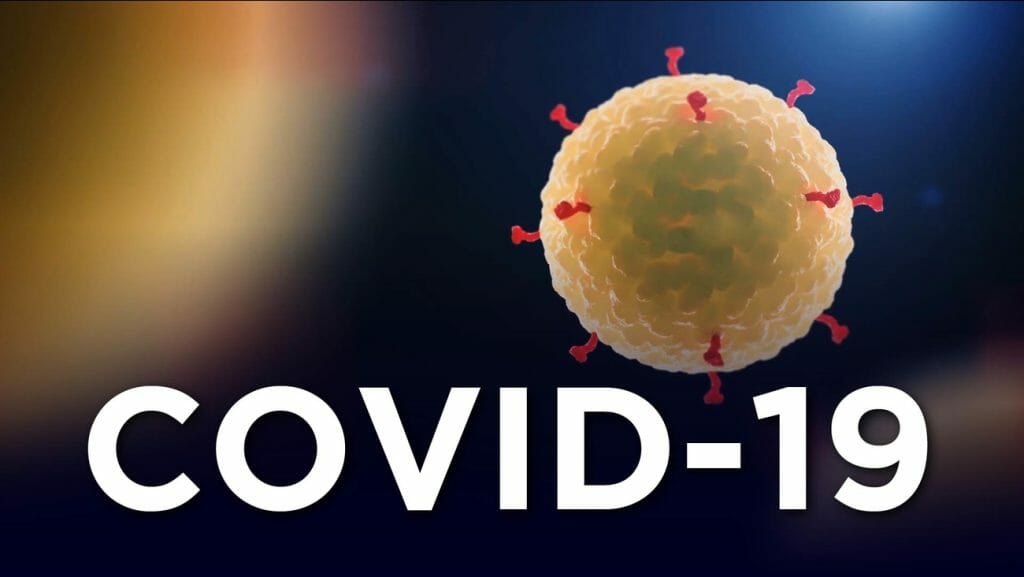On Wednesday, GLAAD joined over 100 LGBTQ organizations in releasing an open letter to media and public health officials outlining how certain LGBTQ people could be particularly vulnerable to novel coronavirus, as known as COVID-19. The letter was initiated by a coalition of six organizations: the National LGBT Cancer Network; GLMA Health Professionals Advancing LGBTQ Equality; Whitman-Walker Health; SAGE; New York Transgender Advocacy Group; and National Queer Asian Pacific Islander Alliance.
As concerns over the spread of COVID-19 continue to grow, the letter highlights how media and public health officials working with COVID-19 must understand how LGBTQ communities are among those who are particularly vulnerable to the negative health effects of this virus.
As outlined in the letter, increased vulnerability to the virus for LGBTQ people is a direct result of three factors:
- The LGBTQ+ population uses tobacco at rates that are 50% higher than the general population. COVID-19 is a respiratory illness that has proven particularly harmful to smokers.
- The LGBTQ+ population has higher rates of HIV and cancer, which means a greater number of us may have compromised immune systems, leaving us more vulnerable to COVID-19 infections.
- LGBTQ+ people continue to experience discrimination, unwelcoming attitudes, and lack of understanding from providers and staff in many health care settings, and as a result, many are reluctant to seek medical care except in situations that feel urgent – and perhaps not even then.
The letter also provides different ways that people involved with the COVID-19 response can ensure that LGBTQ+ communities are adequately served during this outbreak, including but not limited to:
- Ensuring that media coverage notes the particular vulnerabilities of any person with pre-existing respiratory illnesses, compromised immune systems or who uses tobacco products
- Ensuring health messaging includes information tailored to communities at increased risk for COVID-19, including LGBTQ+ populations
- Providing LGBTQ+ individuals resources to find welcoming providers
- Ensuring surveillance efforts capture sexual orientation and gender identity as part of routine demographics
- Ensuring that all COVID-19 responses take into account exceptionally vulnerable members of the LGBTQ+ communities, including elders, bi people, and black and brown trans and gender nonconforming/nonbinary people
Currently, there are more than 3 million LGBTQ older people living in the United States, and these people are already less likely than their heterosexual and cisgender peers to reach out to health and aging providers, like senior centers, meal programs, and other programs designed to ensure their health and wellness. This is often due to fear of discrimination and harassment. The current mortality rate of COVID-19 is at 15% for older people, which means the virus is having a devastating impact on this population, including LGBTQ elders.
GLAAD tweeted out its support of the letter on Wednesday:
We joined 100+ organizations and signed onto a letter to media and health officials outlining how certain LGBTQ people could be particularly vulnerable to COVID-19: https://t.co/kUhY9qMdwo pic.twitter.com/V3i01qzX9j
— GLAAD (@glaad) March 12, 2020
For more information about the open letter, as well as information on organizational resources and things that LGBTQ communities need to know about COVID-19, visit the National LGBT Cancer Network’s website: https://cancer-network.org/coronavirus-2019-lgbtq-info/.













